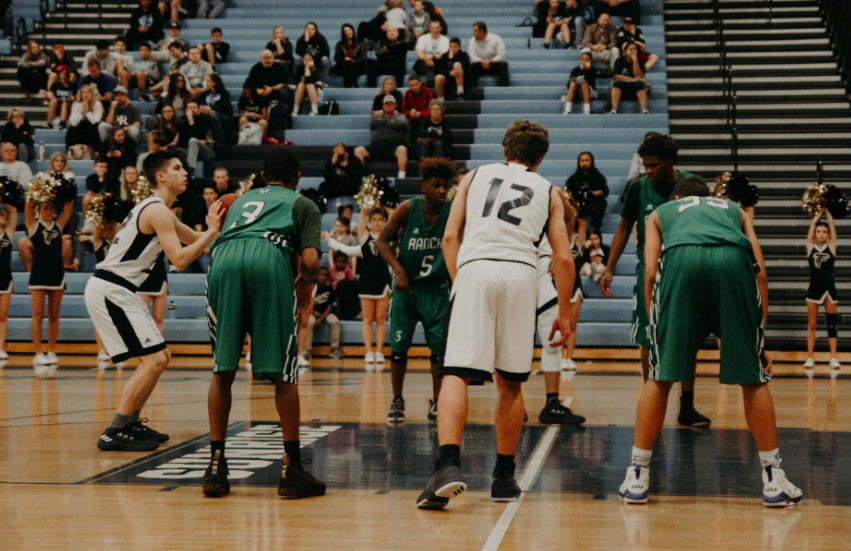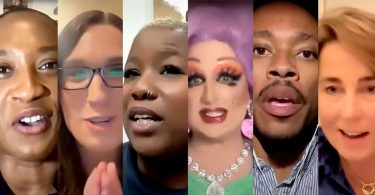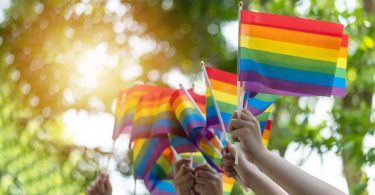School sports are a big part of US culture | Photo: Unsplash/NeONBRAND
A new report from the Human Rights Campaign (HRC) and the University of Connecticut reveals 80% of LGBQ student-athletes in the United States are not out to their coaches. Another 82% of trans student-athletes also remain closeted.
Play to Win: Improving the Lives of LGBTQ Youth in Sports details this experience of LGBTQ student-athletes.
HRC and UCONN conducted the survey last year. More than 17,000 teens aged 13-17 participated in the survey. They came from all 50 states and the District of Columbia.
‘Sports are a transformative way for students to build social skills and community,’ said Ashland Johnson, HRC Foundation Director of Public Education and Research. ‘But when too many LGBTQ student-athletes are blocked from being their true selves — we fail them. Coaches and administrators must do more to make every court, field, track and mat a welcoming place for all.’
About the report, Johnson added: ‘When LGBTQ teens can be their true selves in athletics, it not only benefits that athlete, it benefits their team and community. This data is an important starting point to identifying ways schools can improve the experiences of their LGBTQ players.’
Sports can help
A national survey from the University of Michigan found that 68% of high school seniors play at least one sport. Compare this to 24% of LGBTQ youth, and 21% of LGBTQ seniors, playing sports.
Overall, 13% said they avoid sports completely because they ‘do not feel they will be accepted on the team because they are LGBTQ’.
Yet data also reveals sports can help the well-being of students.
For LGBTQ youth who play a sport, 32% ‘always feel safe’ in the classroom, 29% ‘hardly ever feel depressed’ over the last week, and 35% ‘hardly ever feel worthless’ over the last week.
Comparatively, for LGBTQ youth who have never played, their numbers are 25%, 21%, and 27%.
The numbers are lowest for those who used to play, but no longer do. Their stats are 24%, 20%, and 25%.
Why is there the divide?
So what are the reasons for LGBTQ youth not playing — or at least not living openly as themselves as they play?
It mostly comes down to discomfort, bullying, and fear.
78% of American spectators and athletes believe youth sports ‘aren’t safe for LGBTQ people’.
One student commented: ‘My parents told me I’d hold back the team [by not being cisgender].’
Locker rooms are an especially uncomfortable spaces.
11% of LGBTQ youth never feel safe in locker rooms and 51% of trans students never use the locker room aligned with their gender identity.
‘I don’t know which team I’d be placed into — the girls team or the boys team,’ another student said. ‘In addition, my parents would find out if I were placed into a boys team and I’d be forced to come out to them.’
This why the fears around Russia’s World Cup exist, and why it’s important when professional athletes can serve as role models.







